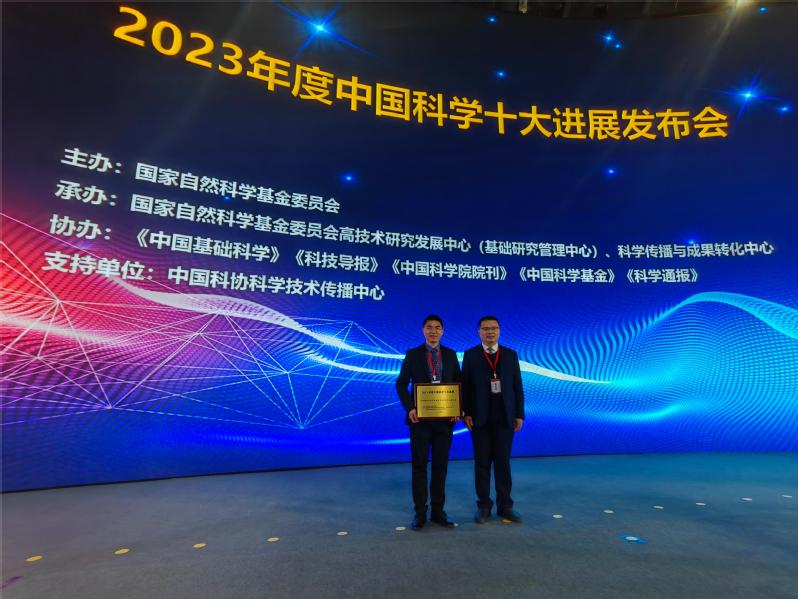One Achievement of XMU was Selected as One of the Top Ten Advances in Chinese Science in 2023
On February 29, the National Natural Science Foundation of China released the Top Ten Advances in Chinese Science in 2023. The selection activity aims to publicize China’s major scientific progress in basic research, and the selected advances over the years have provided a more comprehensive record of the important achievements of China’s basic scientific research, which has become a brand activity to take stock of China’s annual major scientific achievements in the field of basic research. Prof. Liao Honggang and Academician Sun Shigang’s research results, lithium-sulfur battery interface charge storage and aggregation of a new mechanism of the reaction from School of Chemistry and Chemical Engineering of XMU and the State Key Laboratory of Physical Chemistry of Solid Surfaces, has been selected for this list.
The team of Prof. Honggang Liao and Academician Shigang Sun has realized real-time observation and research on the dynamics of the lithium-sulfur battery interface and its reaction process at the atomic scale. The study deepens the understanding of polysulfide evolution and its impact on the reaction dynamics at the battery surface interface, providing guidance for the design of next-generation lithium-sulfur batteries. The related research paper was published on September 7, 2023 in the journal Nature [621(7977): 75-81]. The study is the first international research paper on lithium-sulfur batteries to appear in Nature since the concept of lithium-sulfur batteries was introduced in the 1960s.Yohan Dall Agnese, Associate Editor of Nature, commented on the work, “It is striking that the authors have revealed a completely unexpected energy storage mechanism in lithium-sulfur batteries, which has been extensively studied for decades, and this is extremely rare. The development of high-resolution in situ electron microscopy is impressive, and new technological developments and the discovery of new mechanisms will greatly aid in the design of next-generation batteries.”






